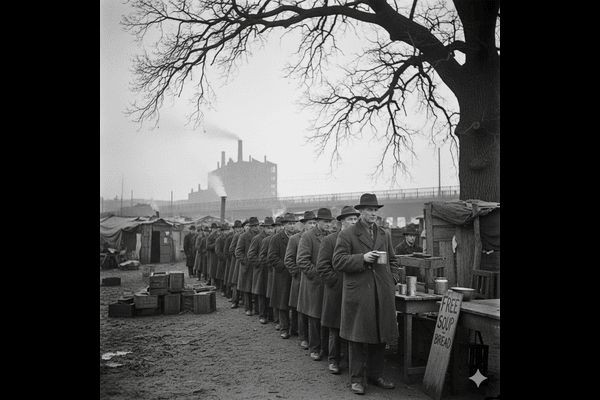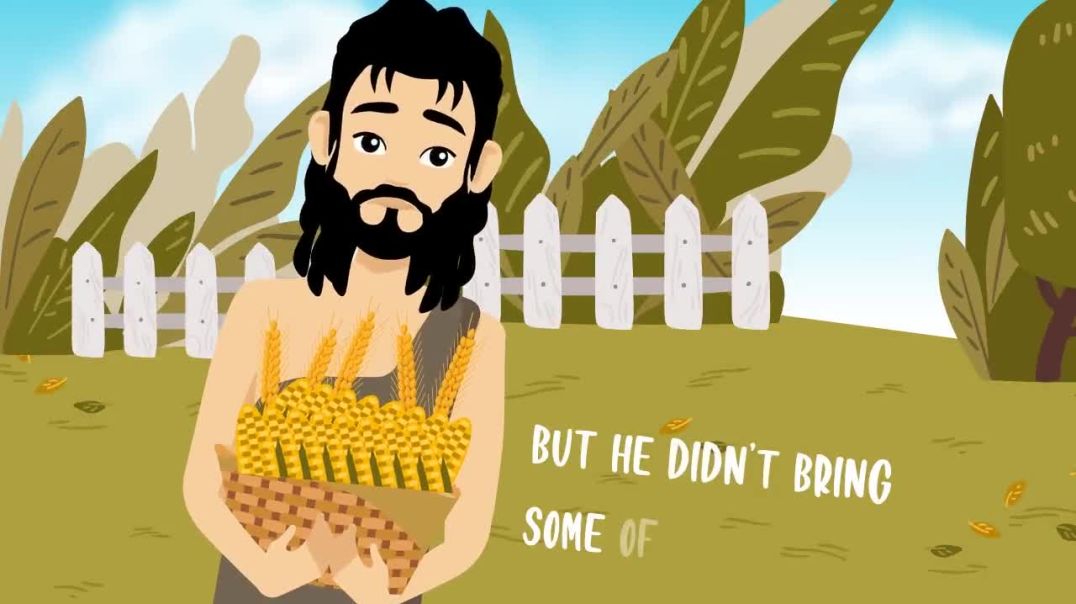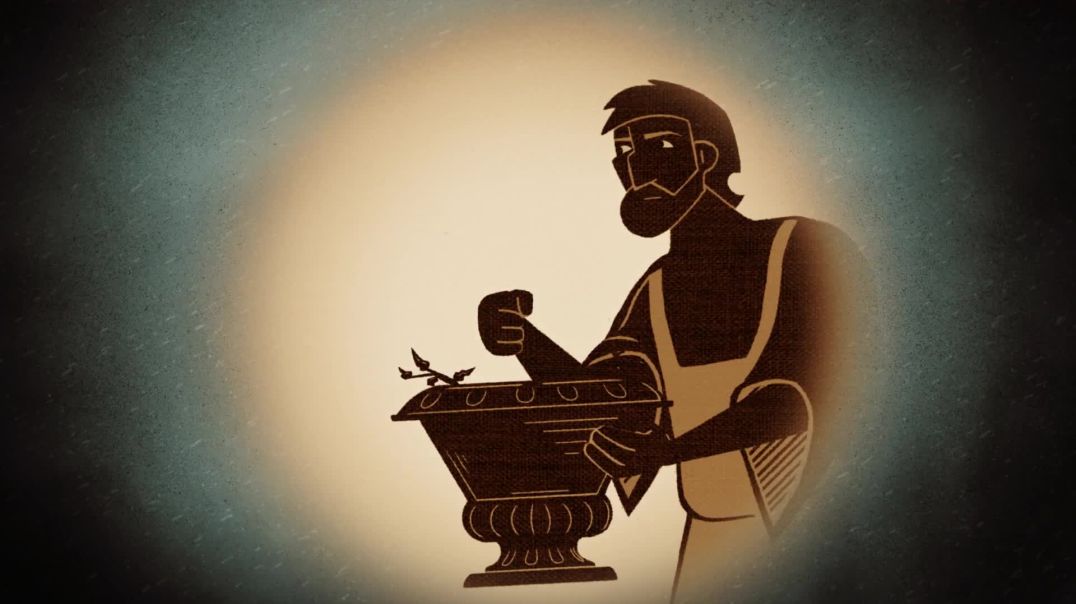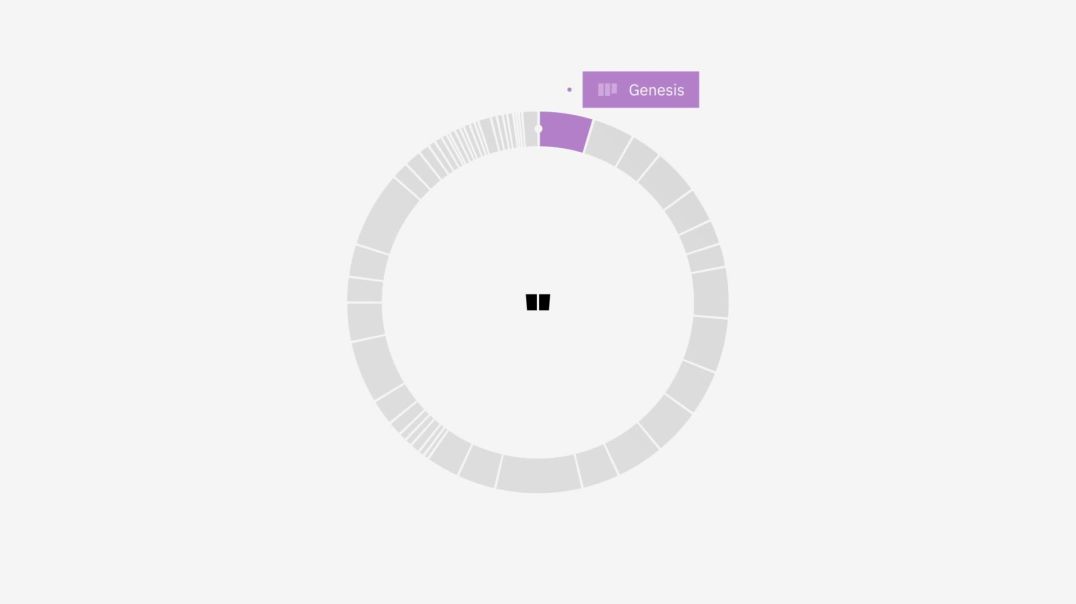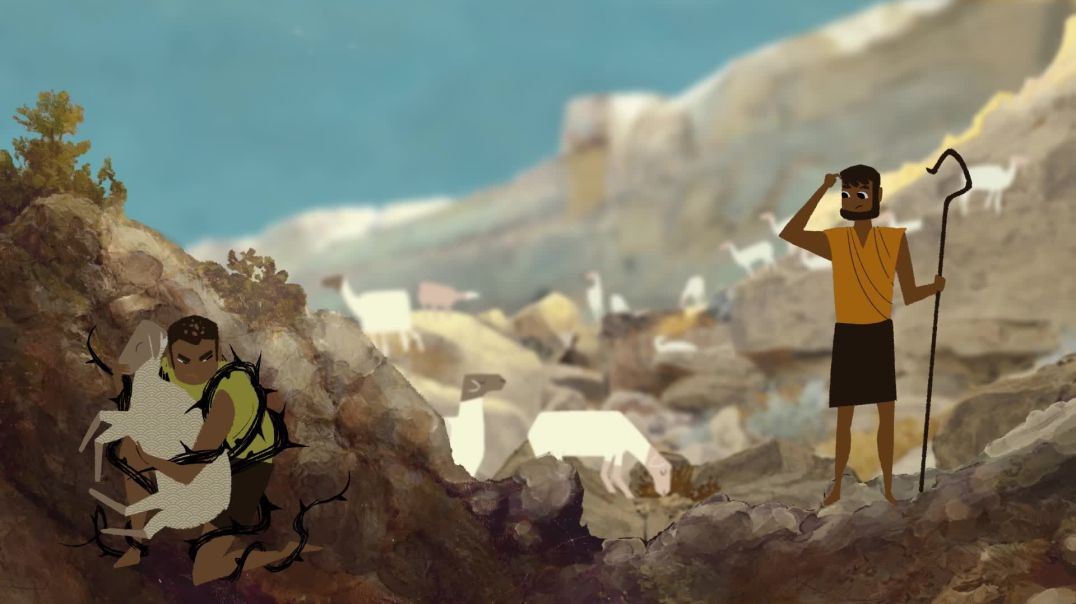The Great Depression: Crisis, Cataclysm, and the Remaking of America
The Great Depression stands as the single most devastating economic collapse in the history of the industrialized world. Spanning the decade from 1929 to the late 1930s, it transcended national boundaries, plunging virtually every industrialized nation into an era of mass unemployment, severe deflation, and profound social upheaval. It was more than a financial crisis; it was a societal cataclysm that fundamentally challenged established political and economic orthodoxies, permanently altering the relationship between citizens, commerce, and the state, particularly in the United States. To trace the history of the Great Depression is to understand the fragility of global finance and the resilience required to rebuild a shattered world.
I. The Unstable Foundations of the Roaring Twenties
The seeds of the Great Depression were sown during the perceived prosperity of the 1920s. While the surface glittered with jazz, flappers, and soaring industrial production, structural flaws were accumulating beneath the surface.
Economic Inequality and Underconsumption
A critical vulnerability lay in the unequal distribution of wealth. Corporate profits soared, but workers' wages lagged behind. This massive disparity meant that the rich had insufficient avenues for profitable investment, leading them toward speculative ventures, while the vast majority of Americans lacked the purchasing power (or effective demand) to buy the goods the factories were producing. This resulted in chronic underconsumption. When production outstripped demand, factories eventually had to slow down, laying the groundwork for layoffs.
Reckless Financial Speculation
The culture of the "Roaring Twenties" encouraged widespread financial speculation. The stock market became a national obsession, fueled by easy credit and the belief that prices would always rise. Many investors bought stocks on margin, paying only a small percentage of the price and borrowing the rest from brokers. This created a highly leveraged and fragile market bubble. If prices fell even slightly, investors would be forced to sell rapidly to cover their debts, triggering a cascading collapse.
The Agricultural Crisis
Adding to the instability was a persistent agricultural depression dating back to the end of World War I. During the war, American farmers had dramatically increased output to feed Europe. When European farming recovered in the 1920s, American prices crashed. Farmers, burdened by mortgages and debt, could not afford to buy manufactured goods, further contributing to the national problem of underconsumption and foreclosures.
II. Black Tuesday and the Banking Avalanche (1929-1933)
The catastrophic slide began in October 1929. After smaller tremors in September, the floor finally gave way.
The Stock Market Crash
On October 24, 1929 (Black Thursday), massive selling pressure hit the New York Stock Exchange. A brief intervention by major banks temporarily steadied the market, but the confidence was gone. The true disaster arrived on October 29, 1929 (Black Tuesday), when the market completely collapsed. Millions of shares were traded in a frantic effort to sell, wiping out countless fortunes and signaling the end of the speculative bubble. However, the stock market crash was not the cause of the Depression, but the most dramatic symptom of deeper structural failures.
The Banking System Meltdown
The most damaging factor that turned a sharp recession into a decade-long depression was the failure of the American banking system. Between 1930 and 1933, over 9,000 banks failed. Unlike modern banks, there was no Federal Deposit Insurance Corporation (FDIC). When a bank failed, its depositors lost everything.
Fear quickly spread, leading to massive bank runs. Even sound banks were forced into insolvency as panicked depositors withdrew cash en masse. As banks closed, the nation’s money supply shrank dramatically. Economists like Milton Friedman later argued that the Federal Reserve, by failing to aggressively inject liquidity into the banking system, allowed this monetary contraction to choke off the economy.
III. Causes Beyond the Crash: Global Contagion
The Depression was global, intensified by poor policy decisions and the lingering effects of World War I.
The Gold Standard
The international Gold Standard required nations to fix the value of their currency to a set amount of gold. While intended to promote stability, in a crisis, it restricted a government's ability to stimulate its economy. When a country's gold reserves fell (due to panicked foreign withdrawals), it was forced to contract its money supply, deepening the depression both at home and abroad, exporting the crisis across borders.
The Smoot-Hawley Tariff Act (1930)
In an effort to protect American jobs, Congress passed the Smoot-Hawley Tariff Act, which raised duties on thousands of imported goods. Foreign nations immediately retaliated with tariffs on American goods. This sparked a devastating international trade war, severely hindering US exports (which were vital for agriculture) and further strangling the global flow of commerce.
IV. Life in the Depths: Social and Environmental Catastrophe
By 1933, the United States was in ruins. Unemployment reached 25% nationally, with some cities reporting rates as high as 50%. The social fabric was shredded.
Hoovervilles and Hardship
Millions of Americans lost their homes and were forced into makeshift shantytowns, sarcastically dubbed "Hoovervilles" after the sitting president, Herbert Hoover. Families survived by sharing meager resources, scavenging, and relying on private charities, which were quickly overwhelmed. Malnutrition and disease soared, and marriage and birth rates plummeted. The psychological toll of unemployment—the sense of failure and worthlessness—was perhaps the most profound injury to the American psyche.
The Dust Bowl
Compounding the economic disaster was an ecological one. Prolonged drought combined with decades of unsustainable farming practices (deep plowing of virgin topsoil) across the Great Plains led to the Dust Bowl. Massive clouds of dry topsoil, known as "Black Blizzards," rolled across the land, destroying remaining crops, suffocating livestock, and sickening people. Hundreds of thousands of "Okies" (refugees from Oklahoma, Arkansas, Texas, and surrounding states) were forced to abandon their farms and migrate west, primarily to California, seeking work and escaping the environmental blight.
V. The Initial Response: Herbert Hoover and the Limits of Laissez-Faire
President Herbert Hoover, who took office in 1929, initially adhered to the prevailing economic philosophy of laissez-faire and rugged individualism. He believed that federal intervention would undermine self-reliance and that the crisis was a temporary cyclical downturn.
Hoover focused on encouraging voluntary cooperation between business leaders and labor, and providing limited aid to state and local governments. By 1932, however, the severity of the crisis forced his hand toward greater federal action:
-
Reconstruction Finance Corporation (RFC): This major initiative provided emergency loans to struggling banks, railroads, and insurance companies. While massive for its time, it was too cautious and too late, and primarily benefited large institutions rather than the suffering masses.
-
Bonus Army Incident (1932): Hoover's reputation was irreparably damaged when he ordered the US Army (led by Douglas MacArthur) to forcibly clear out the Bonus Army—World War I veterans who had marched on Washington seeking early payment of their promised bonus. The violent dispersal of veterans cemented the image of a callous administration, paving the way for a political revolution.
VI. The New Deal: Franklin D. Roosevelt and the Remaking of America
The 1932 election saw Democrat Franklin D. Roosevelt (FDR) sweep into office with a mandate for aggressive change. He promised a "New Deal" for the American people, characterized by bold, pragmatic, and expansive federal action across three broad objectives: Relief, Recovery, and Reform (The 3 R’s).
The First 100 Days and Relief
FDR's inaugural address, famous for the line that "the only thing we have to fear is fear itself," restored public confidence. His first hundred days in office were a flurry of legislative activity:
-
Bank Holiday: FDR immediately closed all banks temporarily, assuring the public that only financially sound banks would reopen. This was followed by the Emergency Banking Act, which restored stability and confidence, ending the crippling runs.
-
Federal Deposit Insurance Corporation (FDIC): Created to insure individual bank deposits, guaranteeing citizens would never again lose all their savings if a bank failed. This permanently stabilized the banking sector.
-
Civilian Conservation Corps (CCC): Put unemployed young men to work on environmental projects (forestry, flood control), giving them wages and room and board, providing both Relief and psychological uplift.
-
Agricultural Adjustment Act (AAA): Paid farmers subsidies to reduce production (plow under crops, kill livestock) to drive up crop prices. While controversial for destroying food amidst hunger, it stabilized farm income (later ruled unconstitutional).
The Second New Deal and Reform
Seeing that the Depression persisted, FDR launched the Second New Deal in 1935, shifting focus from temporary relief to long-term structural Reform.
-
Works Progress Administration (WPA): The largest and most ambitious relief agency, employing millions of people—from construction workers building public infrastructure to artists and writers documenting the era.
-
Social Security Act (SSA) (1935): Established a foundational pillar of the modern American safety net, providing old-age pensions, unemployment insurance, and aid for dependent children and the disabled. It remains one of the New Deal's most enduring legacies.
-
National Labor Relations Act (Wagner Act): Guaranteed workers the right to organize, form unions, and bargain collectively, fundamentally shifting the balance of power in American industry toward labor.
VII. Global Impact and the Road to War
The Great Depression was not confined to the US. Germany, Britain, and Japan all suffered severe economic dislocations.
Rise of Authoritarianism
The economic desperation created fertile ground for extremist political movements. In Germany, the collapse of the Weimar Republic enabled the rise of Adolf Hitler and the Nazi Party, who promised full employment and national revitalization through massive rearmament and imperial expansion. Similarly, in Japan, economic hardship strengthened the hand of militarists seeking resources through conquest in Asia. The Depression accelerated the drift toward the global conflict that would eventually provide the final economic recovery.
The End of the Depression
The New Deal helped stabilize the US economy and restored public morale, but full recovery remained elusive throughout the 1930s. What ultimately ended the Great Depression was the massive government spending related to World War II. The need to mobilize for war—building ships, planes, tanks, and equipping millions of soldiers—required unprecedented levels of deficit spending that finally absorbed all remaining unemployment and put the nation’s entire industrial capacity to work.
VIII. Enduring Legacy of the Crisis
The Great Depression was a transformative event that redefined the role of government in America and shaped economic policy worldwide for the remainder of the century.
The Modern Regulatory State
The New Deal established the fundamental architecture of the modern regulatory state. Agencies like the FDIC, the Securities and Exchange Commission (SEC) (regulating the stock market), and the Social Security Administration were created to prevent future economic collapses and protect citizens from the volatility of the free market.
The Keynesian Revolution
Economically, the crisis cemented the influence of British economist John Maynard Keynes. His theory argued that during severe recessions, the government must step in as a "spender of last resort" through deficit spending to inject demand and stimulate the economy. This concept became the dominant economic blueprint for Western industrialized nations until the 1970s.
The Great Depression taught a bitter lesson in complexity and interdependence. It demonstrated that capitalism, left entirely unchecked, could produce catastrophic social failure, and that when a crisis strikes, only the collective power of the state can mobilize the resources necessary to survive and rebuild. It remains a historical benchmark against which all subsequent economic downturns are measured, a testament to a time when democracy was tested and ultimately redefined.
